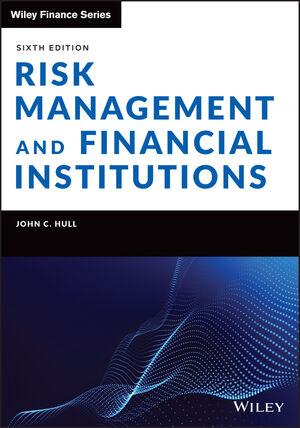Question
2. On May 5, 2022, the US Federal Reserve announced the latest interest rate decision about raising interest rates by 2 yards, and raised the
2. On May 5, 2022, the US Federal Reserve announced the latest interest rate decision about raising interest rates by 2 yards, and raised the policy interest rate to the range of 0.75 ~ 1.00%, in an attempt to suppress the high inflation, and would shrink the Feds balance sheet on June 1, 2022. Back at the beginning of COVID-19, both supply and demand sides in the United States were severely impacted. Therefore, the White House and the Federal Reserve actively launched expansionary fiscal policies and loose monetary policies to stimulate short-term recovery in demand. Economic output performed as well as expectation in 2021, surpassing the levels before COVID-19. However, there is a shortage of labor in the United States, and the supply side cannot keep up with the recovery of demand, which has caused inflation problems. Governments and central banks around the world have turned their attention to inflation and began to recover the hot money in the market. Judging from the performance of the U.S. GDP in 2021, the growth on the demand side has gradually returned to the mean value, but the inflation has continued to rise. Therefore, the increase in inflation mainly reflects the shortage of goods and labor on the supply side. Barkin, president of the Federal Reserve Bank of Richmond, also pointed out that the problem is labor supply rather than demand, because people who have savings on hand or still get additional unemployment benefits are not in a hurry to return to work; or Inconvenience of cross-border movement due to epidemic control, decreased willingness to work, resulting in a serious imbalance between labor supply and demand. This situation has prompted more companies to raise wages to retain employees, resulting in the fastest annual increase in nominal wages in the United States in decades. But gradually rising wages will make inflation worse, known as the "wage-inflation spiral." Therefore, some central banks have paid attention to the issue this year. To put it simply, the wage inflation spiral occurs when the labor supply decreases. At this time, employers need to increase wages to hire enough employees. In order to make up for the increase in production costs, employers will increase the price of goods to drive inflation, which in turn prompts employees to ask the higher wages to maintain purchasing power, and so on.
Based on the text above, answer the following questions: a. Briefly explain what interest rate the Fed raised?And explain how to change the reserve market as raising interest rates?Please explain with the supply and demand graph of reserve market b. Please use a graph to illustrate the impact of the interest rate hike on the loanable funds market and aggregate supply and demand. c. According to the above, why does the US GDP perform well in 2021 while inflation continues to rise? Please use the short-term aggregate supply and demand model and graph to analyze. d. Stimulated by fiscal policy, supposing that there is an inflation gap in the U.S. economy, if the wage-inflation spiral does occur, and aggregate demand would not change, under the assumption of the classical economists, in the long run, how will output and prices be adjusted in the end? Please use the aggregate supply and demand model and graph to analyze.
Step by Step Solution
There are 3 Steps involved in it
Step: 1

Get Instant Access to Expert-Tailored Solutions
See step-by-step solutions with expert insights and AI powered tools for academic success
Step: 2

Step: 3

Ace Your Homework with AI
Get the answers you need in no time with our AI-driven, step-by-step assistance
Get Started


